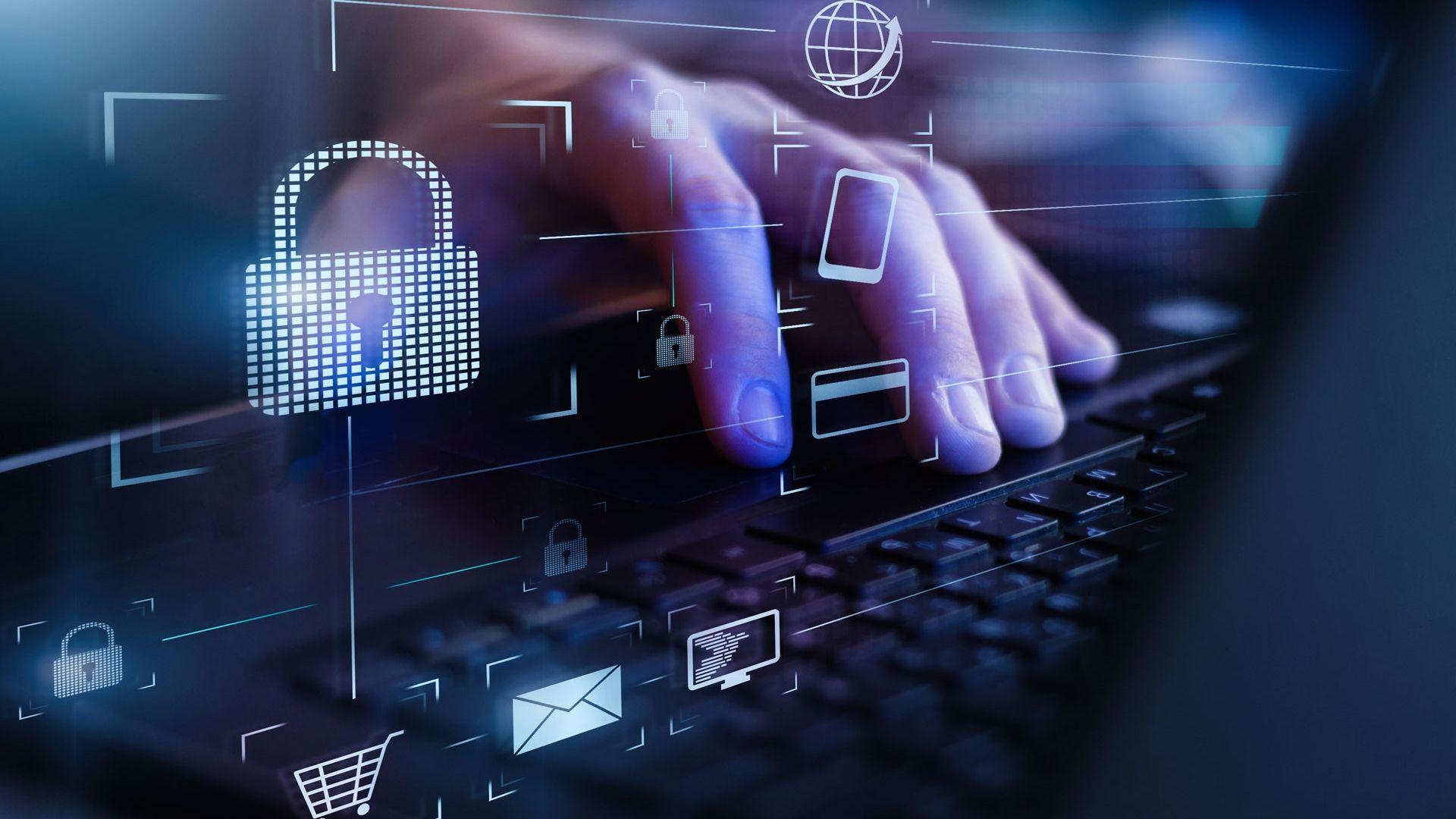Navigating Key and Emerging Cybersecurity Market Trends for 2035

The cybersecurity landscape is in a constant state of flux, with the cat-and-mouse game between attackers and defenders driving relentless innovation. To maintain an effective defense, organizations must stay informed about the key Cybersecurity Market Trends that are shaping the future of digital protection. These trends are guiding a market that is already on a path of impressive growth, with a forecast to reach USD 400.0 billion by 2035 at a 6.32% CAGR. The most significant trends are all pushing the industry towards a future that is more proactive, more automated, more integrated, and more focused on identity as the new security perimeter. These shifts are a direct response to the increasing complexity of both the IT environment and the threat landscape.
The most powerful and transformative architectural trend in the cybersecurity market today is the widespread adoption of the Zero Trust model. The old "castle-and-moat" approach to security, which focused on defending the network perimeter, is no longer effective in a world of cloud computing and remote work. Zero Trust is a security model based on the principle of "never trust, always verify." It assumes that threats can exist both outside and inside the network, and therefore, it requires strict identity verification for every person and device trying to access resources on a network, regardless of their location. This shift is driving massive investment in technologies like identity and access management (IAM), multi-factor authentication (MFA), and micro-segmentation, and it is fundamentally reshaping enterprise security architecture.
Another critical trend that is reshaping security operations is the deep and pervasive integration of Artificial Intelligence (AI) and Machine Learning (ML). The sheer volume of security data and alerts generated by modern enterprises is far too large for human analysts to effectively manage. AI and ML are being used to automate threat detection and response at scale. These technologies can analyze vast datasets to identify subtle patterns and anomalies that may indicate a compromise, often detecting threats much faster and more accurately than human-led efforts. AI is also being used to power Security Orchestration, Automation, and Response (SOAR) platforms, which can automatically execute response actions, such as isolating a compromised endpoint, freeing up human analysts to focus on more strategic and complex investigations.
Looking ahead, one of the most significant emerging trends is the consolidation of security tools and the rise of integrated platforms. For years, many organizations have suffered from "tool sprawl," with dozens of disconnected, point security solutions that create complexity and visibility gaps. The trend is now towards consolidation and the adoption of integrated platforms, such as Extended Detection and Response (XDR), which unifies security data from endpoints, networks, and the cloud, and Cloud-Native Application Protection Platforms (CNAPP), which combine multiple cloud security capabilities into a single solution. These platforms promise to simplify security operations, improve visibility, and enable more effective threat detection and response, representing a major new direction for the cybersecurity market.
Explore Our Latest Trending Reports:
Spain Advertising Software Market
- Art
- Causes
- Crafts
- Dance
- Drinks
- Film
- Fitness
- Food
- Jogos
- Gardening
- Health
- Início
- Literature
- Music
- Networking
- Outro
- Party
- Religion
- Shopping
- Sports
- Theater
- Wellness
